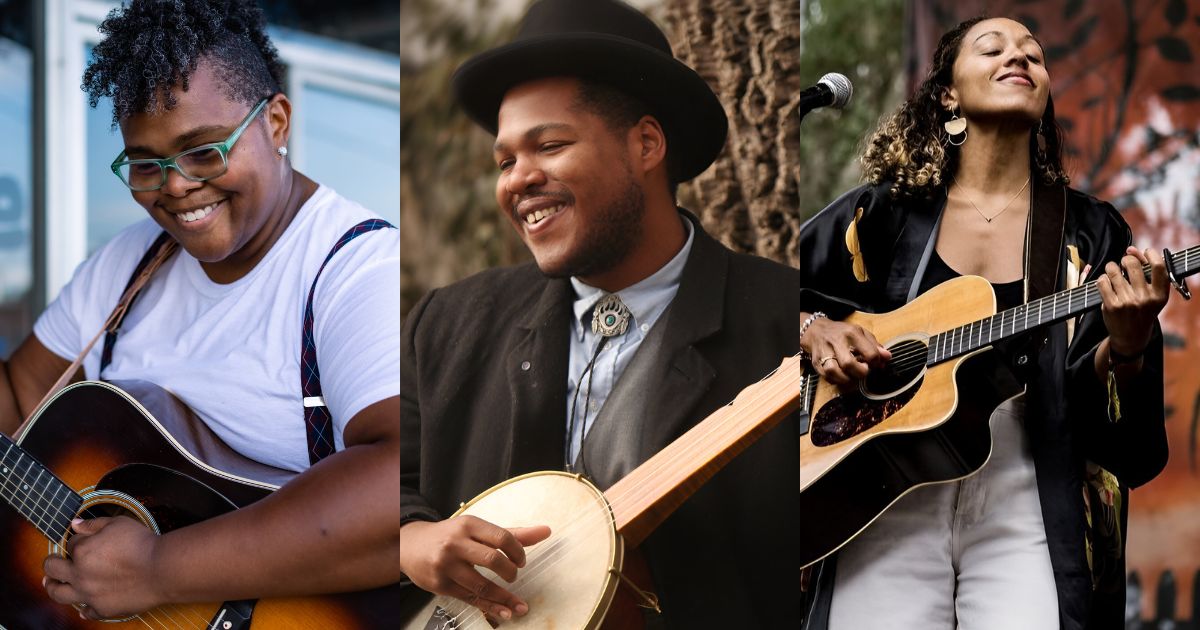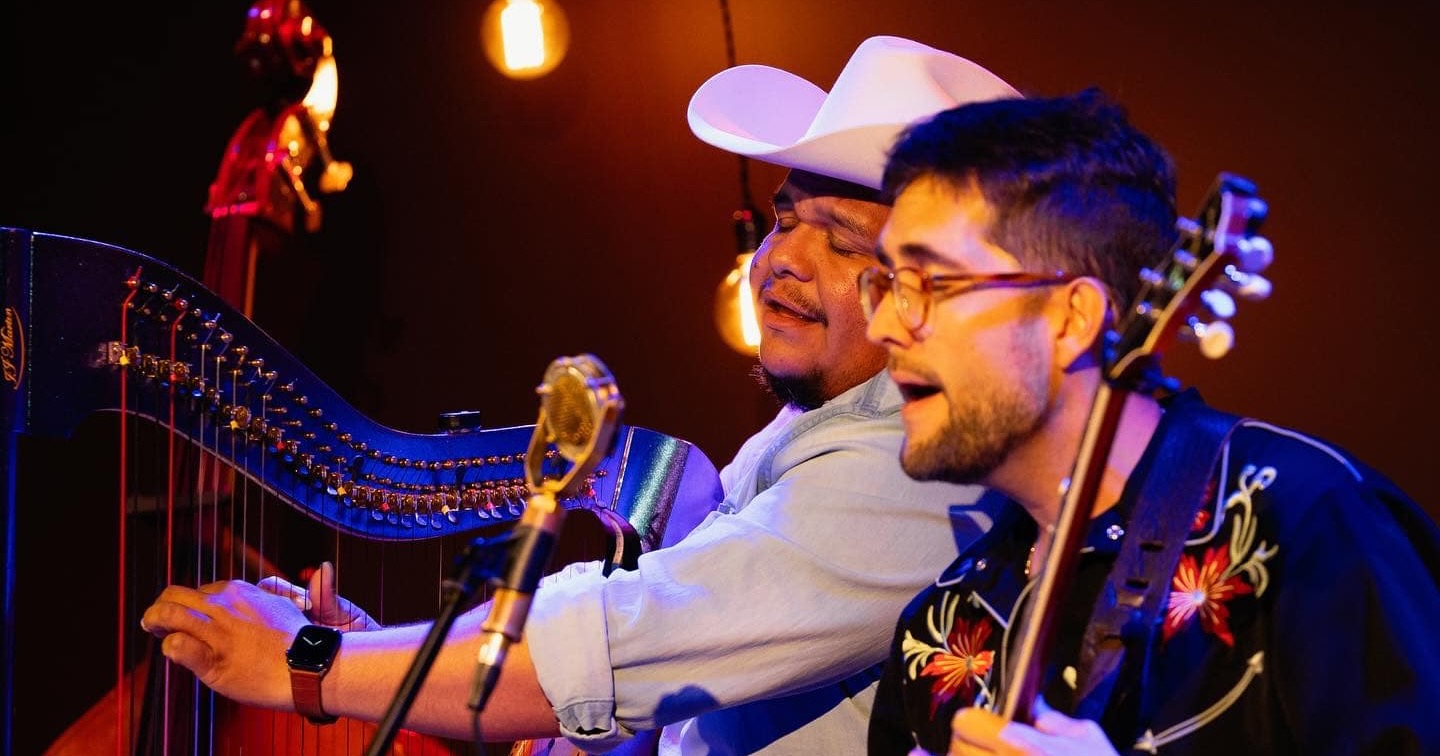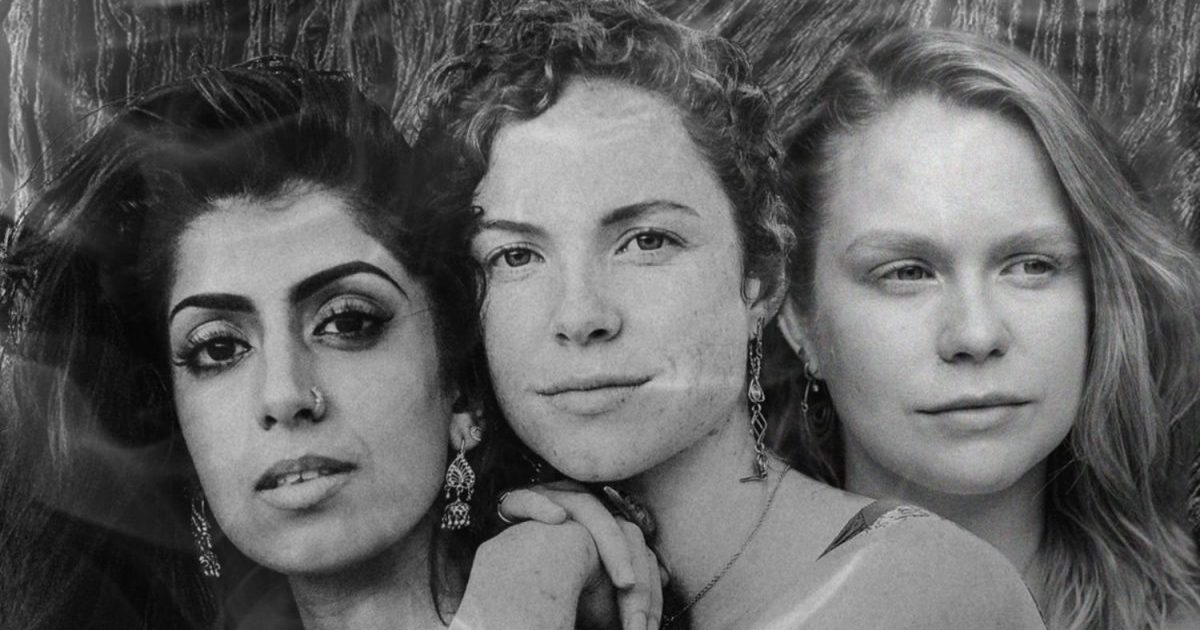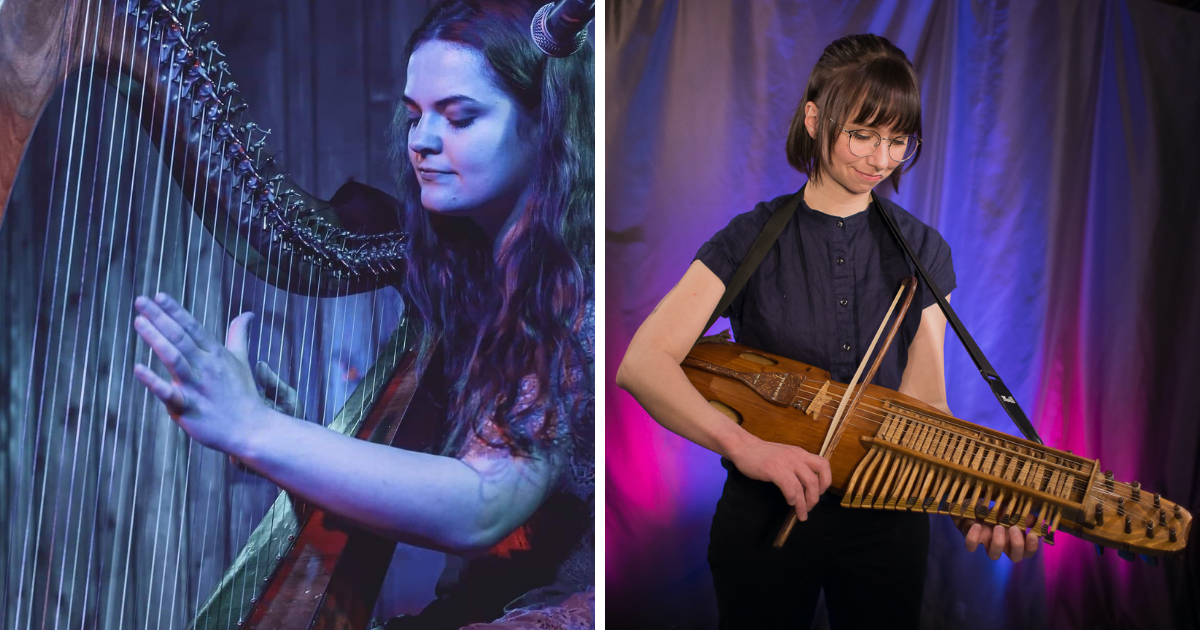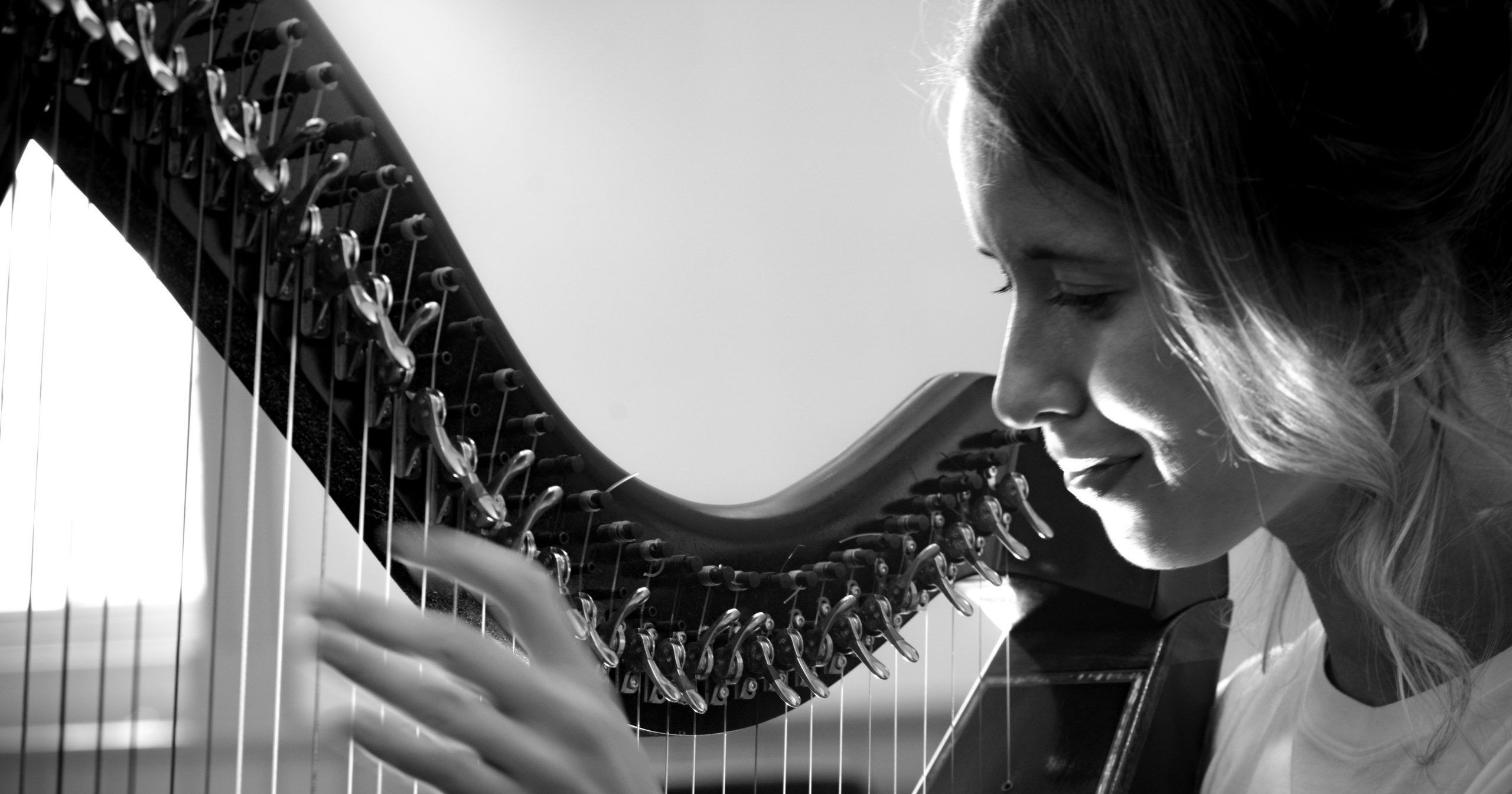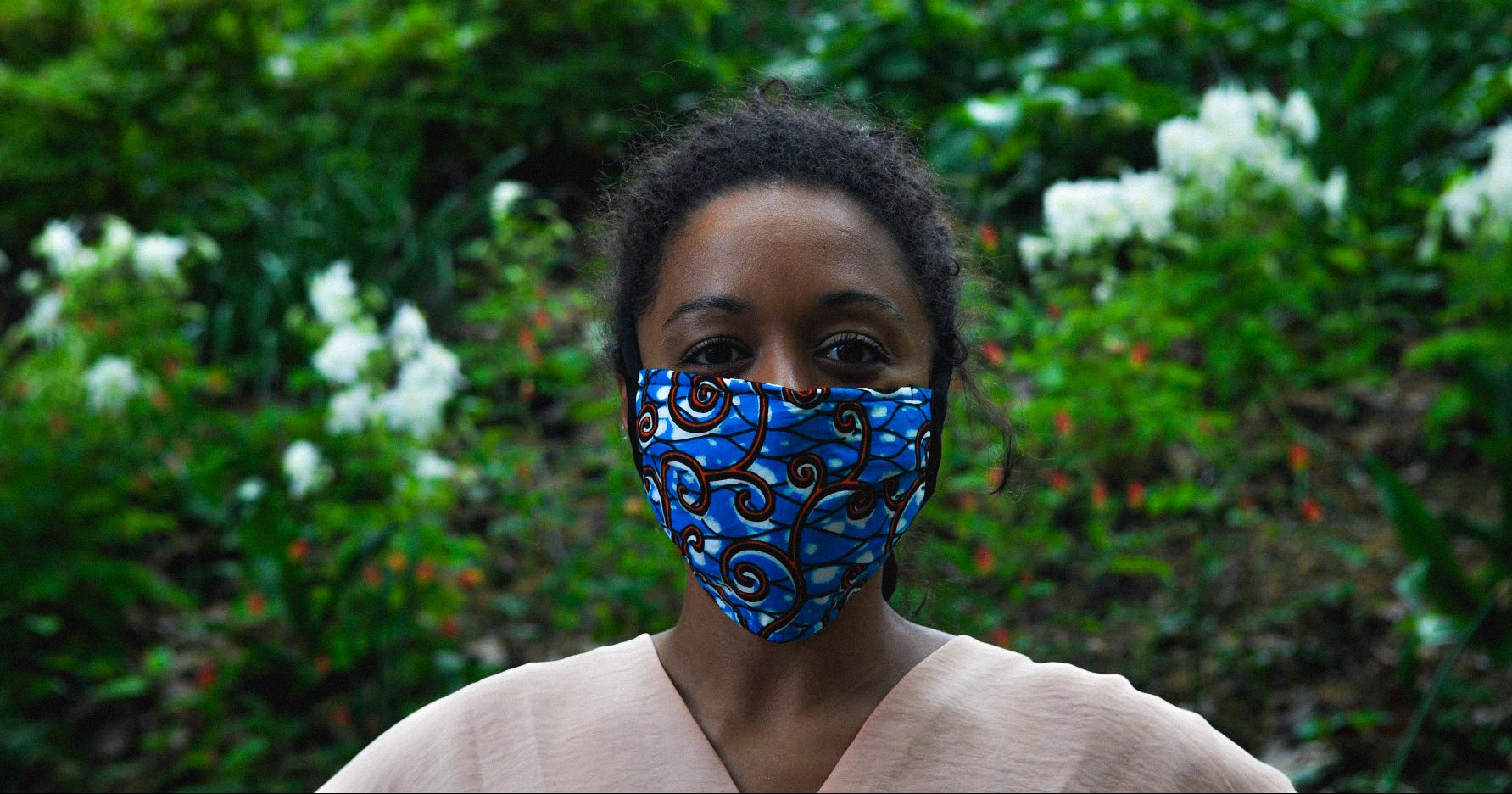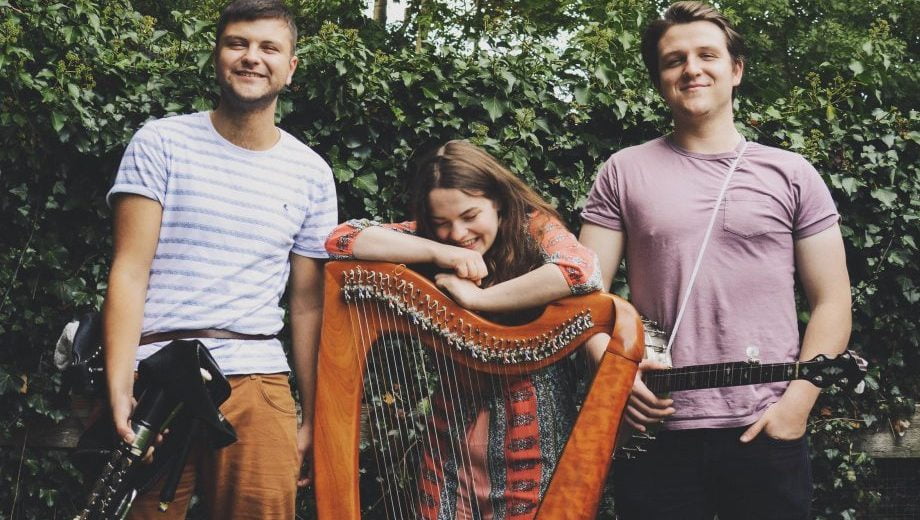The fourth annual edition of the Fort Worth African American Roots Music Festival (AKA FWAAMFest) will take place this weekend, on Saturday, March 16, at Southside Preservation Hall in Fort Worth, Texas. BGS has been proud to support and sponsor this quickly up-and-coming event over the past few years and 2024’s edition of the all-day festival will be the biggest FWAAMFest yet.
The festival has a mission of centering the vital and transformative contributions of Black and African-American folks to American roots music. Though their purview at first glance may seem “niche,” this is a concept that is as broad and expansive as it is pointed and specific. Festival organizer, Decolonizing the Music Room founding director Brandi Waller-Pace – a regular contributor to and collaborator of BGS – goes out of her way each year to demonstrate Black music, Black artists, and Black stories are not monoliths. Each year’s lineup is carefully curated to show FWAAMFest audience members the depth and breadth of Black musical traditions, not only in Fort Worth but around the country.
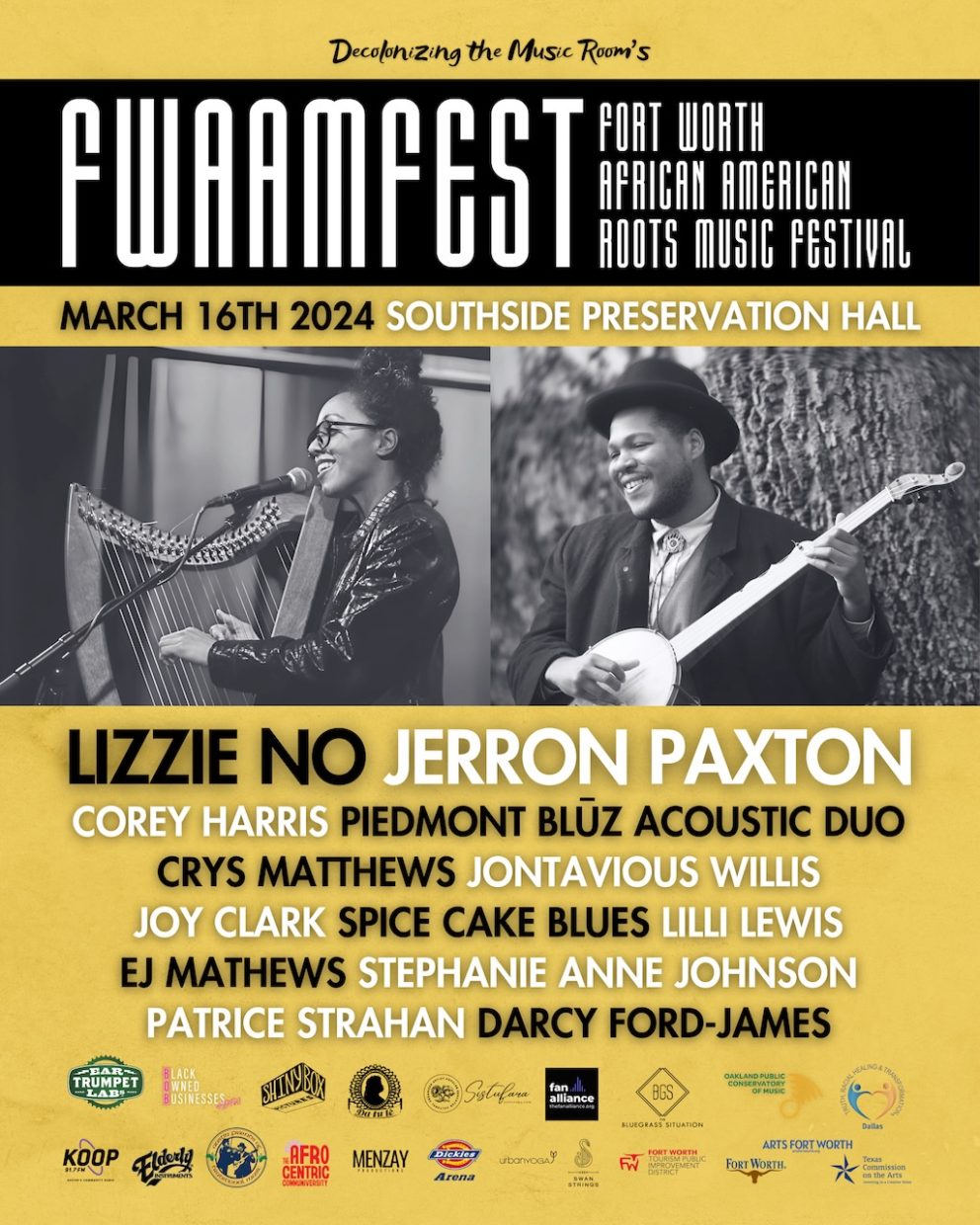
Tickets for the event are competitively priced ($50 general admission, $30 for students, with discounts for educators and children) and are truly an excellent value. Where else under one roof can you enjoy workshops, partake in Oakland Public Conservatory of Music’s Black Banjo & Fiddle Fellowship, dine on excellent barbeque and soul food, and hear sets from Jerron Paxton, Lizzie No, Crys Matthews, Joy Clark, Jontavious Willis, Corey Harris, Piedmont Bluz Acoustic Duo, Spice Cake Blues, Lilli Lewis, EJ Mathews, Stephanie Anne Johnson, Patrice Strahan, and Darcy Ford-James?
Below, take some time to familiarize yourself with this year’s FWAAMFest lineup while you make your plans to join Fort Worth at Southside Preservation hall this Saturday for an incomparable day filled with music, history, fellowship, and community building.
Jerron Paxton
Well known to BGS, Jerron Paxton – who you may know as “Blind Boy” Paxton – is a blues, old-time, and ragtime musician adept on many instruments, from piano to banjo to harmonica and beyond. Paxton was on BGS’s Shout & Shine Online lineup in 2020, a virtual showcase also curated by Brandi Waller-Pace. We’ve spoken to Paxton a few times about his incredible, timeless sound – and how he doesn’t view his music as coming from the past, but being rooted in the present. With his material and storytelling, he demonstrates how all of these American roots genres are so closely intertwined.
Lizzie No
Lizzie No’s new album, Halfsies, is certainly one of the best releases of the year. An Americana and country singer-songwriter and multi-instrumentalist, No has a perspective that’s effortlessly modern while steeped in country traditions of the ’80s, ’90s, and 2000s. There’s introspective indie touches, pop infusions, and an end result that’s truly singular. Her music has plenty to sink your teeth into, and we go back to it time and time again.
Check out a recent GOOD COUNTRY feature about feminine country that highlights No and Halfsies and take some time to discover why our co-founder, Ed Helms, highly recommends her music via Ed’s Picks. Oh, and did we mention No co-hosts a BGS podcast, Basic Folk, too? An entire multi-hyphenate, right here!
Corey Harris
Corey Harris is a blues musician who has busked the streets of New Orleans, lived in Cameroon and West Africa, collaborated with Taj Mahal, and garnered millions of streams. His is an old-fashioned sound, but without essentialism or facing backwards. The lead single and title track from his upcoming album, Chicken Man, is out now – watch for the full record later this month. Based in Charlottesville, Virginia, don’t miss your opportunity to see this world-traveling blues picker and singer in Fort Worth.
Piedmont Bluz Acoustic Duo
Valerie and Benedict Turner are Piedmont Bluz Acoustic Duo, inductees of the New York Blues Hall of Fame. They’re committed to bringing “awareness to these unique aspects of African-American culture,” especially Piedmont style fingerpicking, washboard, and what they (rightly) call “country blues.” They’ve traveled all around the world playing Piedmont blues and they’re especially adept at preserving songs and sounds from artists like Mississippi John Hurt, Etta Baker, and Libba Cotten while showing how important their music is in modern contexts – in the present moment.
Crys Matthews
Singer-songwriter-picker Crys Matthews is another FWAAMFest 2024 artist that’s a well known name to BGS readers. An activist in songwriter form, Matthews writes pointed, sharp, and compassionate protest music that’s never saccharine or blinders-on, a rare feat in folk music. She also has a guitar playing style all her own – playing left handed, with the guitar upside down, she also reminds of musicians like Elizabeth Cotten. But still, what listeners take away from her joyful and encouraging sets, filled to bursting with solidarity, is an understanding that what Matthews does with her music is an art form all her own. Check out a BGS fan favorite from 2023, Matthews’ collaboration with Heather Mae and Melody Walker on a rousing community-minded number, “Room.”
Jontavious Willis
Grammy nominee Jontavious Willis was born and raised in rural Georgia and his childhood was filled with gospel music and connections to deep cultural traditions. As a teenager, he discovered Muddy Waters and the blues; it wasn’t long ’til he was sharing stages with Taj Mahal, Keb’ Mo’, and so many of his heroes and forebears. (Mahal called him “Wonderboy,” a certainly fitting and worthy title!) Willis makes music with a huge scope and limitless lifespan, but in that same DIY, hard-scrabble, down to earth way so highly valued in the blues. In 2018, he won the Blues Foundation’s International Blues Challenge Award for Best Self-Produced CD, and his 2019 follow up, Spectacular Class, garnered his Grammy nomination and millions of streams on digital platforms.
Joy Clark
Guitarist Joy Clark is rapidly on the rise – and deservedly so! She tours and performs with the Black Opry Revue, with Allison Russell’s Rainbow Coalition, and as an incredibly accomplished solo picker-singer-songwriter. Just last month, she wowed the Folk Alliance International audience at the International Folk Music Awards with her tribute to Tracy Chapman, showing the intuitive and intentional connections between Clark and queer, Black guitarists, musicians, and songwriters who came before her. The most remarkable thing about Clark’s music, though, is not that it reminds of other musicians and artists – even when it does. Instead, it’s impossible to deny that Clark has a voice on the guitar that is all her own and she’s on a steady march to bring that voice to the world. Thank goodness!
Spice Cake Blues
FWAAMFest has it all, from internationally known artists to insider favorites to gem-like discoveries, like duo Spice Cake Blues. A new introduction to BGS and our readers, Spice Cake features Miles Spicer and Jael Patterson and they are based out of Maryland. Spicer is a co-founder of the Archie Edwards Blues Heritage Foundation and an accomplished Piedmont (and multi-style) guitar picker. Jael, who also goes by Yaya, is a powerful and soulful singer. Spicer also performs with Jackie Merritt and Resa Gibbs in the M.S.G. Acoustic Blues Trio. (M.S.G. = Merritt, Spicer, Gibbs.)
Lilli Lewis
You may know her as “Folk Rock Diva,” Lilli Lewis is a powerhouse vocalist, pianist, songwriter, former record label runner, and forever community builder. Her shows are entrancing, like a combination of Wednesday-night church and a New Orleans Saturday night. Lewis is prolific and critically-acclaimed, and something of a genre and context shapeshifter, unifying the many sounds and styles she inhabits with her heartfelt stories and encouraging words of insight. Her latest album, All is Forgiven, was released in December 2023. Don’t miss her cover of Radiohead’s “Creep,” though, too – there’s a reason it’s so often requested at her concerts!
EJ Mathews
EJ Mathews was born and raised in Atlanta… Texas. A small town near the Arkansas border, Mathews grew up listening to the music of his grandpa – an even mix of country and blues. As such, his sound infuses as much modern blues as country, southern rock, and gospel, with infinite feel and groove. His 2020 single, “Smokin’ & Drankin'” shows so many of the styles he effortlessly combines. Now living in Dallas, Mathews will make the relatively short hike over to Fort Worth for FWAAMFest to bring his unique, melting-pot sound to Southside Preservation Hall.
Stephanie Anne Johnson
Stephanie Anne Johnson is a singer-songwriter and radio host based in the Pacific Northwest. Born and raised in Tacoma, they were already becoming a common sight in folk and Americana circles when they seemingly burst onto the national scene appearing on season five of NBC’s The Voice. Johnson is another FWAAMFest artist who was featured on the Shout & Shine Online lineup in 2020 curated by Waller-Pace. Criminally underrated in national folk, Americana, and indie circles, Johnson creates powerful music that brings love, mental health, togetherness, and redemption all under a compassionate lens – and with a remarkably grounded sensibility. Whether solo or with their band, the HiDogs, Stephanie Anne Johnson is an entrancing musician and songwriter. Don’t miss their 2023 album, Jewels.
You can see all these artists and so much more this weekend at FWAAMFest in Fort Worth! Get your tickets now.
Photos courtesy of FWAAMFest. L to R: Crys Matthews; Jerron Paxton; Lizzie No.
